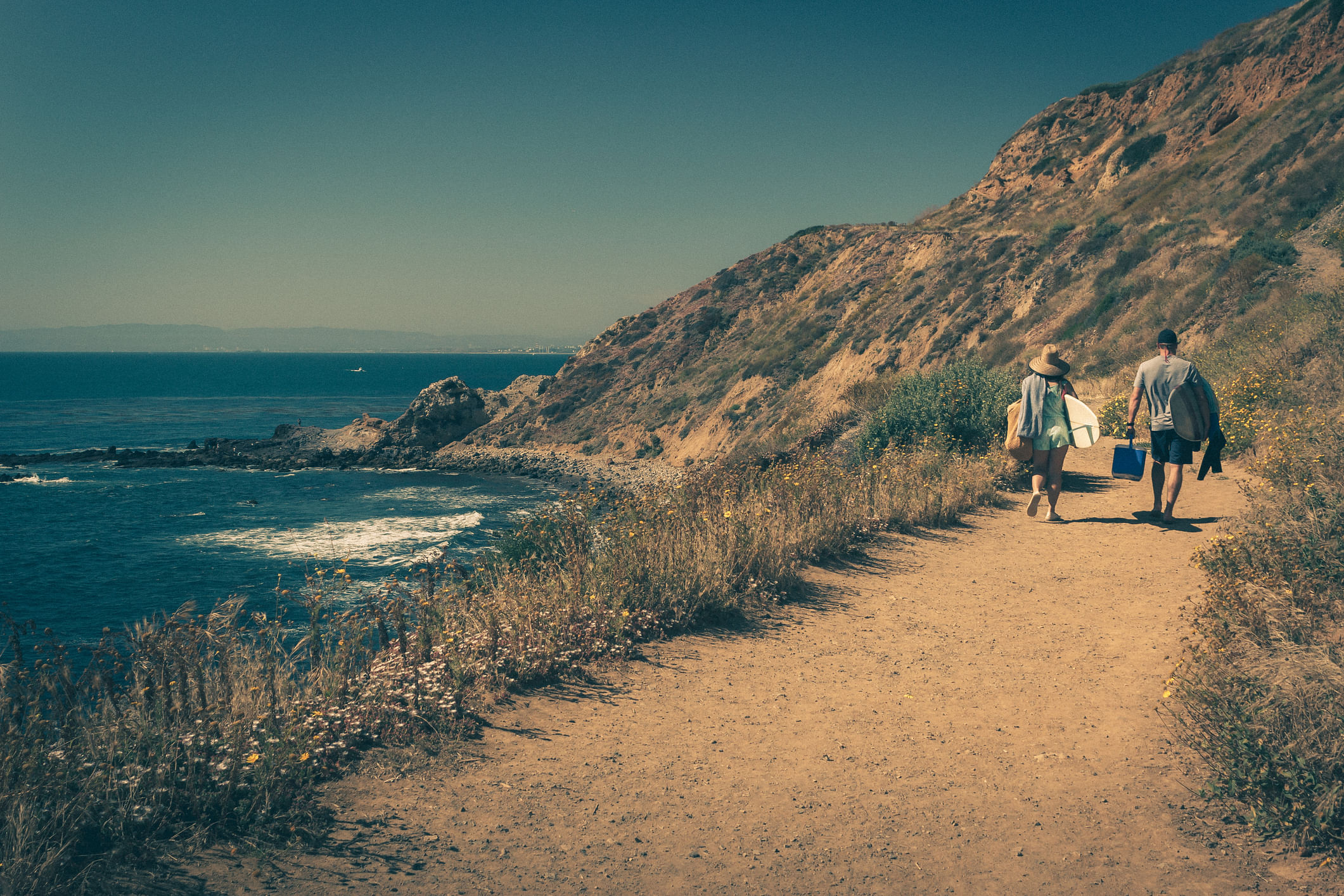Sep 26th, 2024
Coastal Access For All

By: Jennifer F. Novak
This week, the city of Palos Verdes Estates settled a high profile, eight-year long, lawsuit brought by two surfers seeking better and full access to a popular surfing spot. The "Bay Boys" lawsuit alleged that locals acted as a gang, harassing outsiders trying to surf at Lunada Bay. The lawsuit contended that the city allowed this group to effectively privatize the beach and failed to uphold the California Coastal Act by ensuring public access. Under the terms of the settlement, the city will implement measures to guarantee coastal access, cover the plaintiffs' attorney fees, and provide training on the Coastal Act to city employees.
This case underscores the rights of all Californians to access the coast. The Coastal Act was established in 1976 in response to concerns about private landowners restricting public access to beaches. This law ensures that the public has the right to access all beaches below the mean high tide line and prohibits property owners from blocking that access. Additionally, the Act mandates that local governments develop coastal plans that include provisions for public access.
The settlement follows a line of previous cases where private landowners tried to “own” coastal property and lost their legal battles. Beyond the Bay Boys lawsuit, another significant legal case involved Martin’s Beach. In 2008, billionaire Vinod Khosla purchased land near Half Moon Bay and obstructed the only road leading to the beach, effectively cutting off public access. This prompted a series of legal disputes as local surfers, environmentalists, and advocates for public access argued that the closure violated the Coastal Act. Ultimately, the courts ruled that Khosla required a permit to restrict access, affirming public rights to the coastline.
Residents of Southern California may be familiar with ongoing disputes in Malibu, particularly regarding David Geffen. Geffen's legal battle centered on public access to Carbon Beach, commonly known as "Billionaire's Beach." In the 1980s, he blocked access by installing a locked gate and "No Trespassing" signs on the path leading from the Pacific Coast Highway to the beach, preventing public use of a historically utilized route. Geffen maintained that he had the right to restrict access, but after extensive legal challenges, the California Coastal Commission ruled that he must allow public access, resulting in the reopening of the pathway in 2005.
Let's work together. Contact us.
The California Coastal Commission, created by the Coastal Act, presents three main arguments against private landowners attempting to limit coastal access:
The Public Trust Doctrine: The coastline below the mean high tide line is considered public property, and no private owner can impede public access.
Historic Use: If a path has been historically used by the public to access the beach, it cannot be closed without proper approval.
Development Permits: Any property owner wishing to construct a gate or fence near the coast must obtain a coastal development permit.
Through these mechanisms, the Coastal Commission holds significant authority, and private landowners along the coast have fewer rights than those inland, making it one of the more contentious state agencies in California. Given that Californians and visitors alike have a constitutional right to access the California coast, as guaranteed by Section 4 of Article X of the California Constitution, it is essential to protect this right. The Bay Boys settlement illustrates that municipalities cannot passively allow others to restrict coastal access and, instead, must take an active role in this protection.
About Us
The Law Office of Jennifer F. Novak Environmental Law represents property owners and businesses in environmental litigation and regulatory matters. Our practice focuses on soil and groundwater remediation, Clean Water Act citizen suits, compliance with Water Board orders (including under Sections 13304 and 13267), and other environmental legal challenges. We provide strategic counsel to clients navigating complex environmental regulations while ensuring fairness in enforcement and compliance.
For dedicated legal representation in environmental litigation and compliance, contact The Law Office of Jennifer F. Novak Environmental Law.